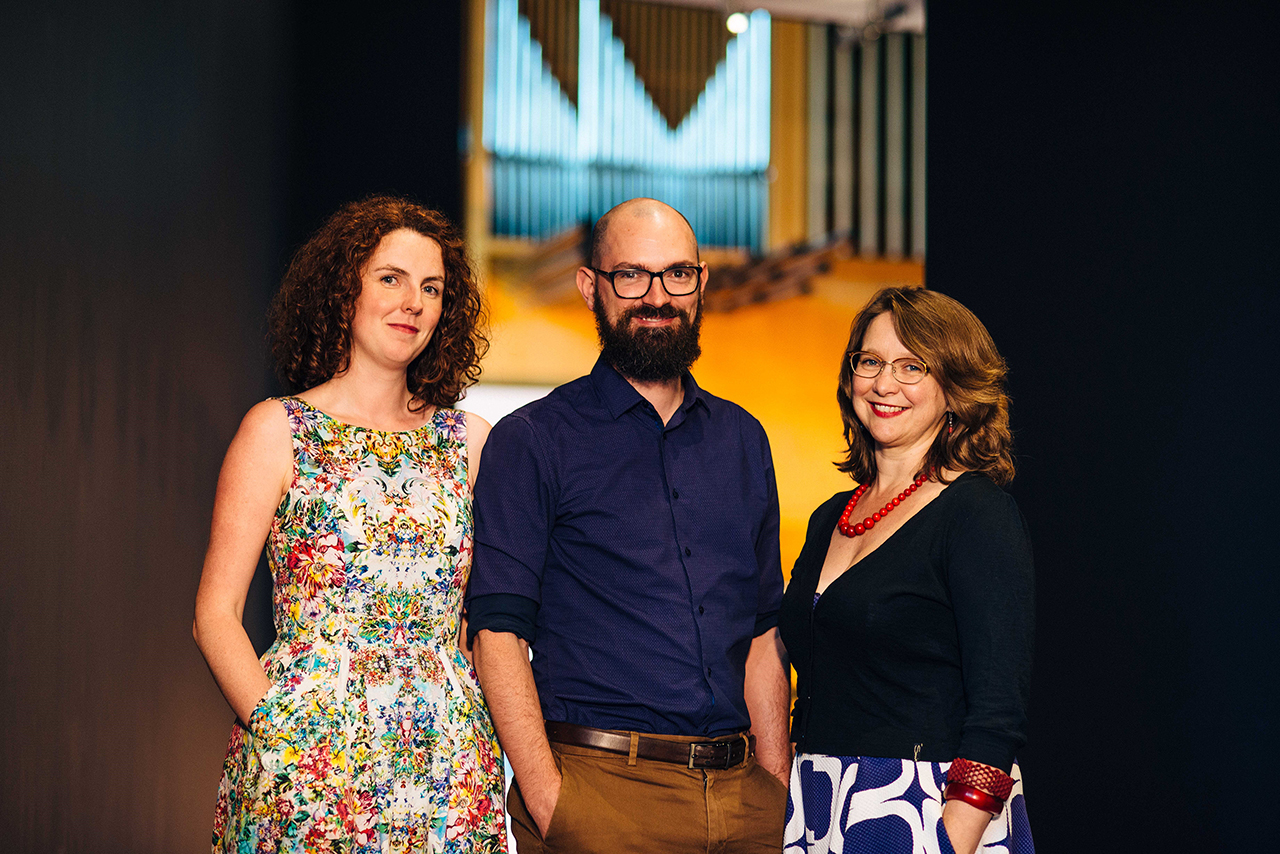Second Sight: Witchcraft, Ritual, Power

UQ Art Museum (2019): Second Sight: Witchcraft, Ritual, Power brings together artists who conjure ideas related to witchcraft, sorcery and magical practices. The exhibition offers a space for intuition, rituals, collective happenings, incantations, and peripheral activity — practices recurrently dismissed as mere magical phenomena. A series of renowned historic etchings counterbalance new artworks that depict or disrupt ‘witch iconography’ and impressions of witchcraft. Second Sight gives precedence to inexplicable occurrences, expressions of difference, the supernatural, sexual power, and the potency of the natural world in ways that are bodily and visceral yet also incorporeal.
The exhibition Second Sight: Witchcraft, Ritual, Power (1 March to 29 June 2019) was formed through a partnership between UQ Art Museum and the Institute for Advanced Studies in the Humanities. It was a fascinating experiment in bringing together advanced humanities research, across time periods and geographical locations, with contemporary arts practice in Australia. IASH scholars Dr Charlotte-Rose Millar, Dr Daniel Midena and Associate Professor Anna Johnston and Art Museum curators Samantha Littley, Michele Helmrich and Jessica O’Farrell were engaged in an 18 month conversation to find common ground, discuss shared interests, and work out innovative ways to connect those interests with a diverse public audience in the lead up to the exhibition.
Far from an historical curiosity, witchcraft today has multiple forms and meanings, providing a challenge for the organizers, as Anna Johnston explains:
As a collaborative team, we had to find a language in which to respect both the complexity and violence of the history (and present) of witchcraft persecution, and the reclamation of ideas about witchcraft in the contemporary period by arts practitioners. In particular, feminist artists have found reclaiming the figure of the witch to be empowering and revitalising for changing ideas about women’s historical agency and sexuality. Yet on the other hand, the historical records show us that both women and men were accused of witchcraft (and accused each other). Daniel would remind us that contemporary sorcery-based violence in locations such as Papua New Guinea continues to subject vulnerable members of society to extreme violence. In the latter case, conversations across the period of the development of the exhibition that academics could facilitate alongside the curators and artists such as Eric Bridgeman (Australian-PNG) about contemporary witchcraft, masculinity and sexuality, violence, and evangelical Christianity were invaluable to building a nuanced and thoughtful engagement with ideas about witchcraft across time, that was sensitive to place and culture.
A workshop convened by Charlotte Millar and Daniel Midena in August 2018 aided the team in understanding both the history and the contemporary UNHRC initiatives around witchcraft and sorcery.
The free public exhibition was attended by nearly 27,000 people, including 1,479 at the opening night event. Over the course of the exhibition, UQ Art Museum hosted school groups, university group tours, dramatic rehearsals and tutorials, as well as workshops and a public film program. On Wednesday 15 May, IASH researchers Charlotte-Rose Millar and Philip Almond held a public "conversation" on Witches: Past, Present and Future chaired by IASH Deputy Director Anna Johnston.
The exhibition generated media interest, including interviews on Popsart and ABC Sydney's Focus program. In addition, the IASH members published a number of blog posts:
- Witches in History (Charlotte-Rose Millar)
- Why Witchcraft? Why Now? A Note on the Global Histories of Magic (Daniel Midena)
- Plants, Potions and Love Magic (Anna Johnston)
- Witchcraft: Fact or Fiction? (Daniel Midena and Charlotte-Rose Millar)
- The Witches Globe collected by John Bostock (Bethany Hawkins and Daniel Midena)
The exhibition and associated events are an excellent example of traditional humanities collaborating with the Arts and industry in public engagement.

Photo credit: Simon Woods
